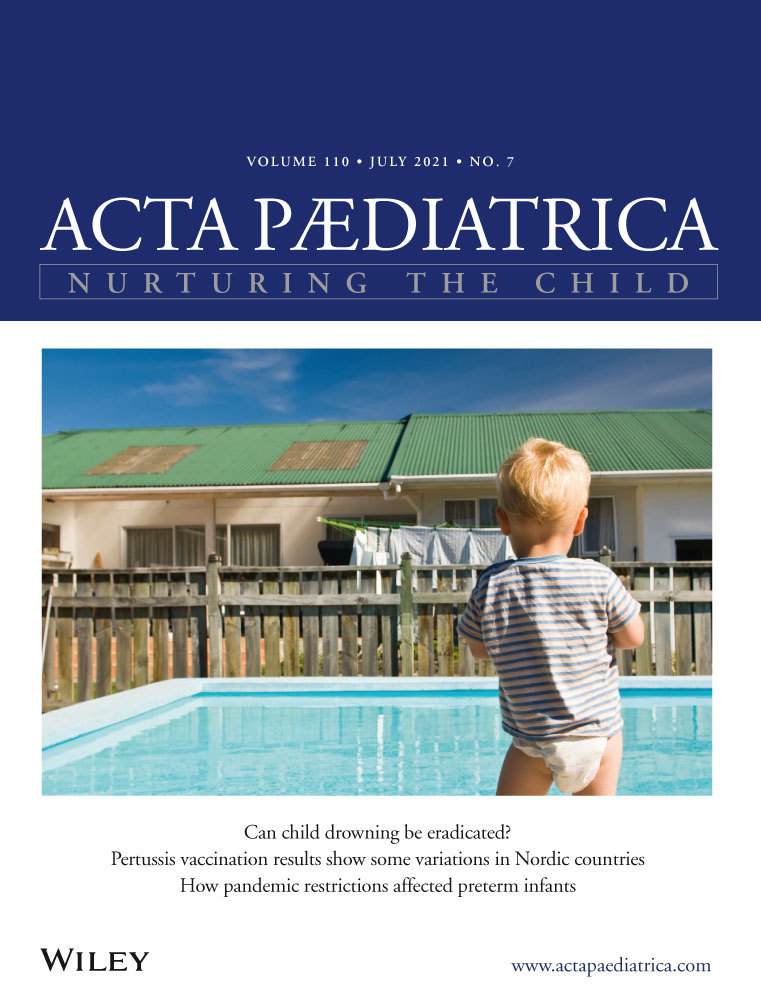Can child drowning be eradicated? A compelling case for continued investment in prevention
Abstract
Aim
To explore temporal trends in fatal child drowning and benchmark progress across three high-income countries to provide prevention and future investment recommendations.
Methods
A total population analysis of unintentional fatal drownings among 0- to 19-year-olds in Australia, Canada and New Zealand from 2005 to 2014 was undertaken. Univariate and chi-square analyses were conducted, age- and sex-specific crude rates calculated and linear trends explored.
Results
A total of 1454 children drowned. Rates ranged from 0.92 (Canada) to 1.35 (New Zealand) per 100 000. Linear trends of crude drowning rates show both Australia (y = −0.041) and Canada (y = −0.048) reduced, with New Zealand (y = 0.005) reporting a slight rise, driven by increased drowning among females aged 15-19 years (+200.4%). Reductions of 48.8% in Australia, 51.1% in Canada and 30.4% in New Zealand were seen in drowning rates of 0- to 4-year-olds. First Nations children drowned in significantly higher proportions in New Zealand (X2 = 31.7; P < .001).
Conclusion
Continual investment in drowning prevention, particularly among 0- to 4-year-olds, is contributing to a reduction in drowning deaths; however, greater attention is needed on adolescents (particularly females) and First Nation's children. Lessons can be learned from each country's approach; however, further investment and evolution of prevention strategies will be needed to fully eradicate child drowning deaths.
CONFLICT OF INTEREST
The authors declare no conflict of interest.
Open Research
DATA AVAILABILITY STATEMENT
Data used in this study are coronial data and bound by strict ethical constraints. Such constraints do not allow for the uploading of data to an online data repository. Those interested in accessing the data should email author AEP ([email protected]).




